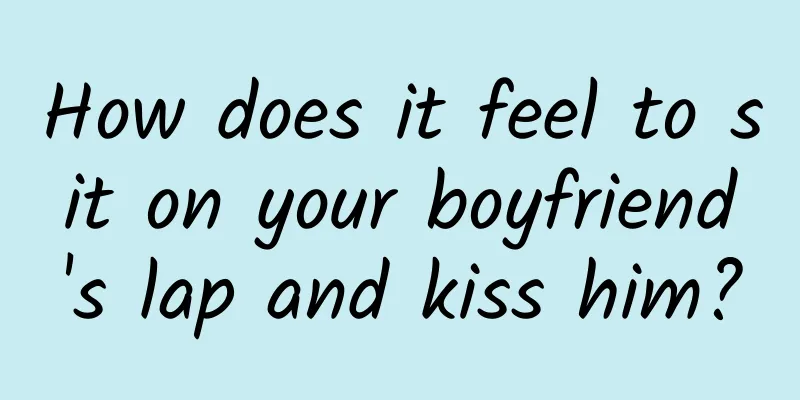First aid measures for stroke

|
First aid measures for stroke (1) Overview Stroke, also known as stroke, is a cerebrovascular accident and an acute cerebrovascular disease. It is a group of diseases caused by sudden rupture of brain blood vessels due to emotional fluctuations, drinking, excessive mental stress and other inducing factors, or blood vessel blockage that prevents blood from flowing into the brain, causing brain tissue damage. It is a common serious disease that can cause disability or death, with the characteristics of high morbidity, high mortality and high disability rate. Its mortality rate is second only to malignant tumors. Stroke is divided into two categories: hemorrhagic and ischemic. Hypertension, arteriosclerosis, and cerebral vascular malformations can often lead to hemorrhagic stroke. Most people are over 40 years old, and more often men. Severe cases can cause death. (2) Symptoms Symptoms of a stroke are often: sudden weakness on one side of the face, arm or leg, even facial paralysis, difficulty seeing in one or both eyes; hemiplegia, difficulty walking, sudden fainting, confusion, difficulty speaking or understanding; loss of balance or coordination; severe headache without cause; fainting, unconsciousness, etc. (3) First aid measures ①Once someone has a stroke, stay calm and call for help immediately. ② Before the arrival of the ambulance, if the patient is unconscious, he should stop some activities and lie flat to prevent falling. ③ Keep the airway open, tilt the head to one side, and if there is oral secretion, clear it as soon as possible to prevent suffocation. Be careful not to shake the head to prevent secondary injury. ④Open windows for ventilation, keep warm and prevent colds ⑤ Go to the hospital for treatment as soon as possible. Be gentle and steady during the transportation process. Have someone protect the head to reduce vibration. Precautions ① After the first stroke, it is possible to happen again. You should avoid various risk factors that cause stroke, such as high blood pressure, emotional tension, etc., and have regular physical examinations. ②When a stroke occurs, be careful to prevent the patient from suddenly losing balance and falling, causing injury. ③ For patients with hypertension, blood pressure must be controlled to normal levels, because hypertension is an important controllable risk factor for stroke. Therefore, antihypertensive treatment is particularly important for preventing the onset and recurrence of stroke. Author: Zhu Xiaoyan, Shanghai Sixth People's Hospital |
<<: Does a child need to get glasses if he can’t see clearly?
>>: Rejuvenation: The magic of keeping active!
Recommend
The longer this part of a woman is, the stronger her fertility is.
Read : The latest research concludes that fingers...
How thick is the endometrium during menstruation?
Generally, before menstruation, the thickness of ...
Pain in the inner thigh of a woman
Sometimes women feel pain around the lower abdome...
There are three common types of eye injuries, and the emergency treatment methods for different types are different!
Author: Ma Zhizhong, Chief Physician, Peking Univ...
Calculation method of due date
For those female friends who are pregnant, it is ...
What is the situation of right lower abdominal pain in pregnant women
Many pregnant women will experience pain in the l...
Monthly ovulatory bleeding disorder treatment
Monthly ovulation bleeding is something that many...
Why do you need to take statins after suffering from coronary heart disease? Can it reverse the disease?
A patient with coronary heart disease asked Huazi...
What to do if there is a small nodule on the right breast
Various breast diseases pose the greatest threat ...
What to do if your first menstrual period is heavy after childbirth
So far, there are still many unsolved mysteries a...
What causes red and swollen eyes in pregnant women?
For women, pregnancy is a very difficult thing, a...
8 Tips to Take Good Care of Your Period
Menstruation is a physiological phenomenon unique...
How to protect the fetus with threatened abortion and eat appropriate amounts of nutrition
Patients with threatened abortion must pay more a...
Do I need to take anti-inflammatory drugs when I have a fever, cold, or cough?
Do I need to take anti-inflammatory drugs when I ...
Normal weight and height for girls aged 13
What is the normal height and weight of a 13-year...









